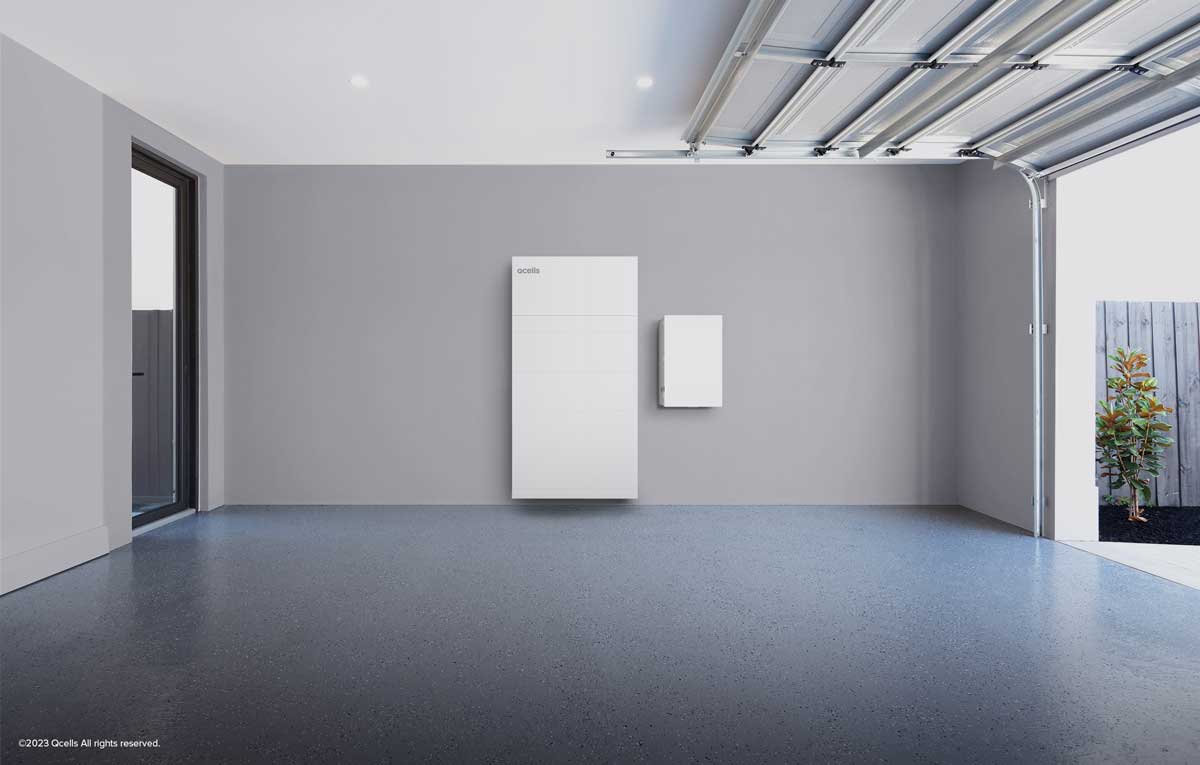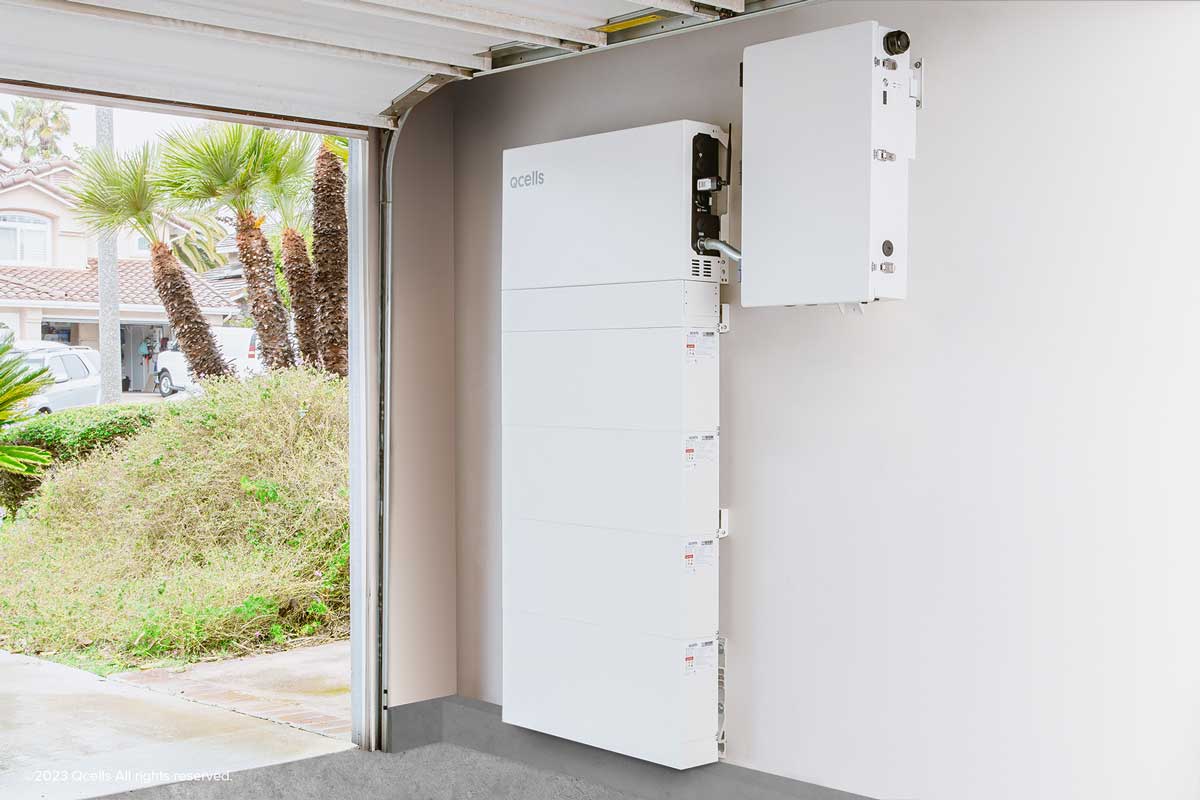
The Road to Energy Independence: Maximizing Benefits
As the country is rapidly moving away from traditional methods of producing energy, such as fossil fuels, many are looking for ways to maximize and capture all the benefits when making the switch to solar. One popular way homeowners are ensuring that they get the most out of their solar system is pairing it with an Energy Storage System (ESS) to store excess energy generated.
Installation of ESS has increasingly been on the rise, with 21 percent of solar installation projects being paired with one in 2022 alone. Additionally, 81 percent of installers in the residential segment currently offer ESS installations alongside solar panels, making it the most popular service offered when installing a solar system.*
Why Consider an Energy Storage System?
There are many reasons why homeowners would want to opt for an ESS for their home when paired with a solar system, driving tremendous growth of these systems. Several key benefits include:
- Energy Cost Savings: An ESS allows homeowners to store any excess energy generated from their solar panels during the day and utilize it when power generation is unavailable, during peak demand hours or when energy costs are high.
- Peace of Mind: In the event of a power outage or natural disaster, an ESS can provide backup power to essential home devices and appliances.
- Increased Home Value: Like solar panels, installing an ESS can increase the resale value of a home.
- Government & State Incentives: Depending on local jurisdictions, homeowners may qualify for incentives when installing an ESS, reducing the overall investment cost and making it more affordable.

What Do Energy Storage Systems Do?
Energy storage is essential to the transition to clean energy. Energy storage maximizes the value of energy by saving the inexpensive excess power that is generated by renewable energy sources, and deploying them when solar is not available and power from the grid is expensive. Energy storage localizes Energy Storage Systems, so that less power is lost in transmission and distribution.
How Do Energy Storage Systems Work?
Energy Storage Systems store DC power and convert it to AC using an inverter so that it can be used. Lithium-ion batteries are the most popular form of ESS because they can hold a charge for longer, and are relatively efficient. Most Lithium-ion Energy Storage Systems utilize battery cells, a Battery Management System (BMS), and an Inverter. Increasingly, we see ESS paired with solar because they help make solar power more reliable by firming up any gaps that may arise between solar energy supply due to clouds or time of day.
The Rise in Demand of Energy Storage Systems
As the demand for renewable energy rapidly grows, the need to store excess energy generated also increases. Here are a few reasons behind increase in demand of ESS:
- Net Metering Restrictions: With the increase of net metering restrictions, such as the recent passing of NEM 3.0 in California, homeowners are being compensated at a much lower rate than before for the energy they are sending back to the grid. An ESS allows the homeowner to retain the full value of excess energy generated.
- Grid Outages: An increase in grid outages in recent years are prompting homeowners to find a way to retain power in the event of an outage.
- Utility Costs: As utility costs constantly rise and fluctuate, homeowners are looking to decrease their reliance on the grid as much as possible.
Qcells’ Solar + Storage Solutions
Qcells’ newest generation Energy Storage System, Q.HOME CORE, provides security that protects against uncertainty, power you can rely on and design that scales to your needs from 10 to 80 kWh. Q.HOME CORE pairs perfectly with Qcells’ top-performing solar modules for a complete solar plus storage solution. Whether you decide to configure your Qcells solar system with grid support or backup that is available in both AC and DC coupled configurations, you can expect to receive better energy that is backed by one powerful partner.

“Learning about the ins and outs, along with the benefits of Energy Storage Systems is critical for installers that want to meet the increasing demands of homeowners across the country,” said Qcells’ Head of Engineering, Dru Sutton. Qcells now offers a Q.HOME CORE certification training course on the Q.PARTNER portal to ensure that installers are equipped with the knowledge and skills required to install Q.HOME CORE systems with confidence.
For more details on Qcells’ complete energy solutions, contact your Qcells distributor or representative.
*SolarReviews 2022 Solar Industry Survey
— Solar Builder magazine
Leave a Reply
You must be logged in to post a comment.